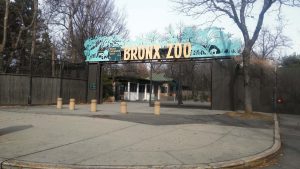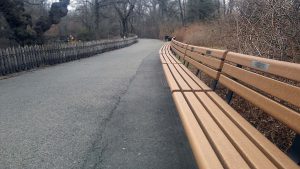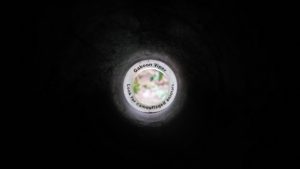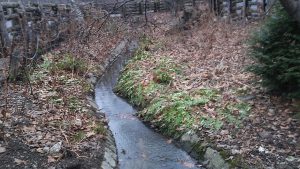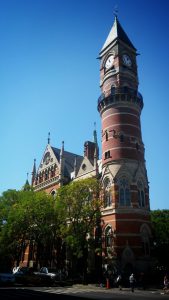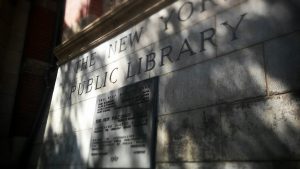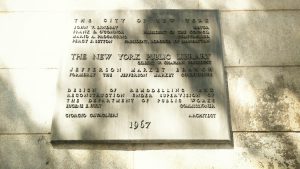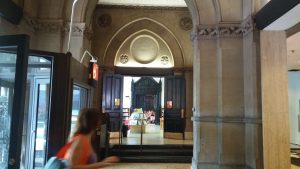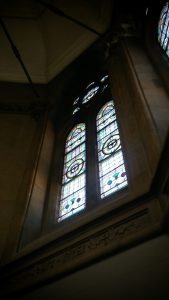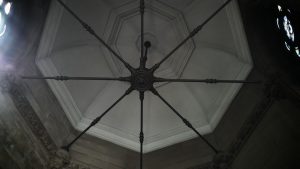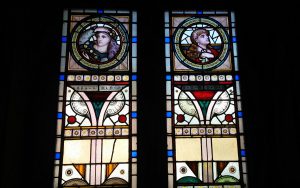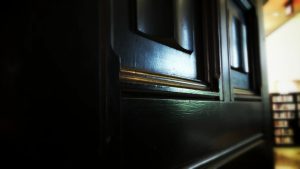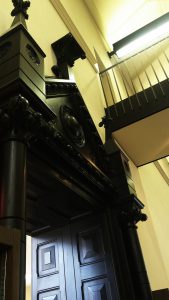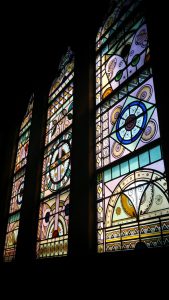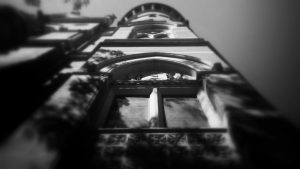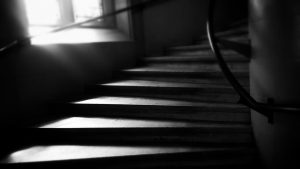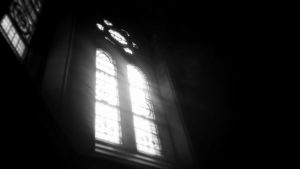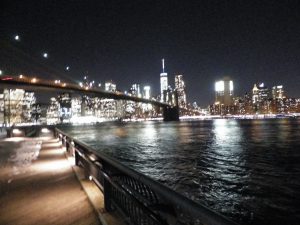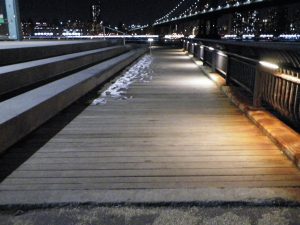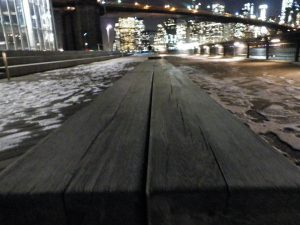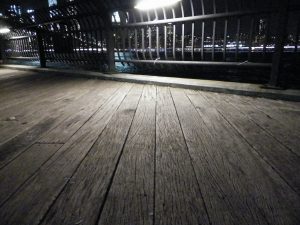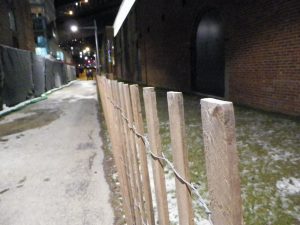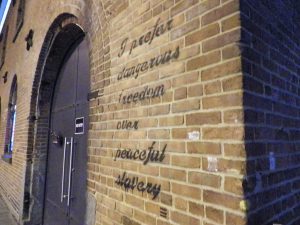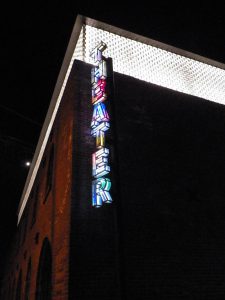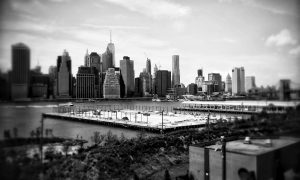The Bronx Zoo provides us with a very important and sometimes forgotten piece of architecture; Landscape design and development. Landscape architecture is relatively as important as other buildings and structures. It is a lot quieter and more subtle than monstrous skyscrapers or massive cathedrals. Landscape architecture portrays the purest form of the environment, nature, and seasons. The trees, flowers, and various other plants bloom in Spring and flourish in the Summer, then become dormant and beautifully desolate in the fall, and snow-capped in the winter. We are in the season of the diminished vibrant greens and other colors that we cherished in the Summer as the cold naturally washes upon us like a massive wave; leaving us with beautifully calm, serene, and peaceful environments.
The Bronx Zoo that we all know and love unlocked its glorious gates of curiosity to the public 118 years ago on November 8 1898, giving 843 animals a controlled environmental home on 250 acres of land which is equivalent to 250 football fields or 4,000 tennis courts. The land was sold to the city for one thousand dollars from Fordham University, their only demand in closing the deal was that the land had to be turned into some sort of zoo/park/conservatory. Now the Zoo houses over 4,000 animals.
The Wildlife Society wanted to implement a new and more animal oriented style of zoo, so in 1940, when the “Lion Island” exhibit open, began a new trend of uncaging the animals. These changes happened gradually but the Zoo found funding to give the animals a comfortable and less confined space, much like their natural habitats; this zoo was the first to have this concept. The Zoo’s general planning was fixed to uncage the animals and somehow gracefully cage the spectators to keep us safe. We are enveloped by the comfort and safety of restraints and gates; the animals getting most the acreage which is how it should be, in order to make the animals more comfortable and ultimately reduce stress.
Plan your next voyage to The Bronx Zoo. They have special waives in prices if you are a student or if you plan your trip on a certain day that they only accept donations at the admission office.

